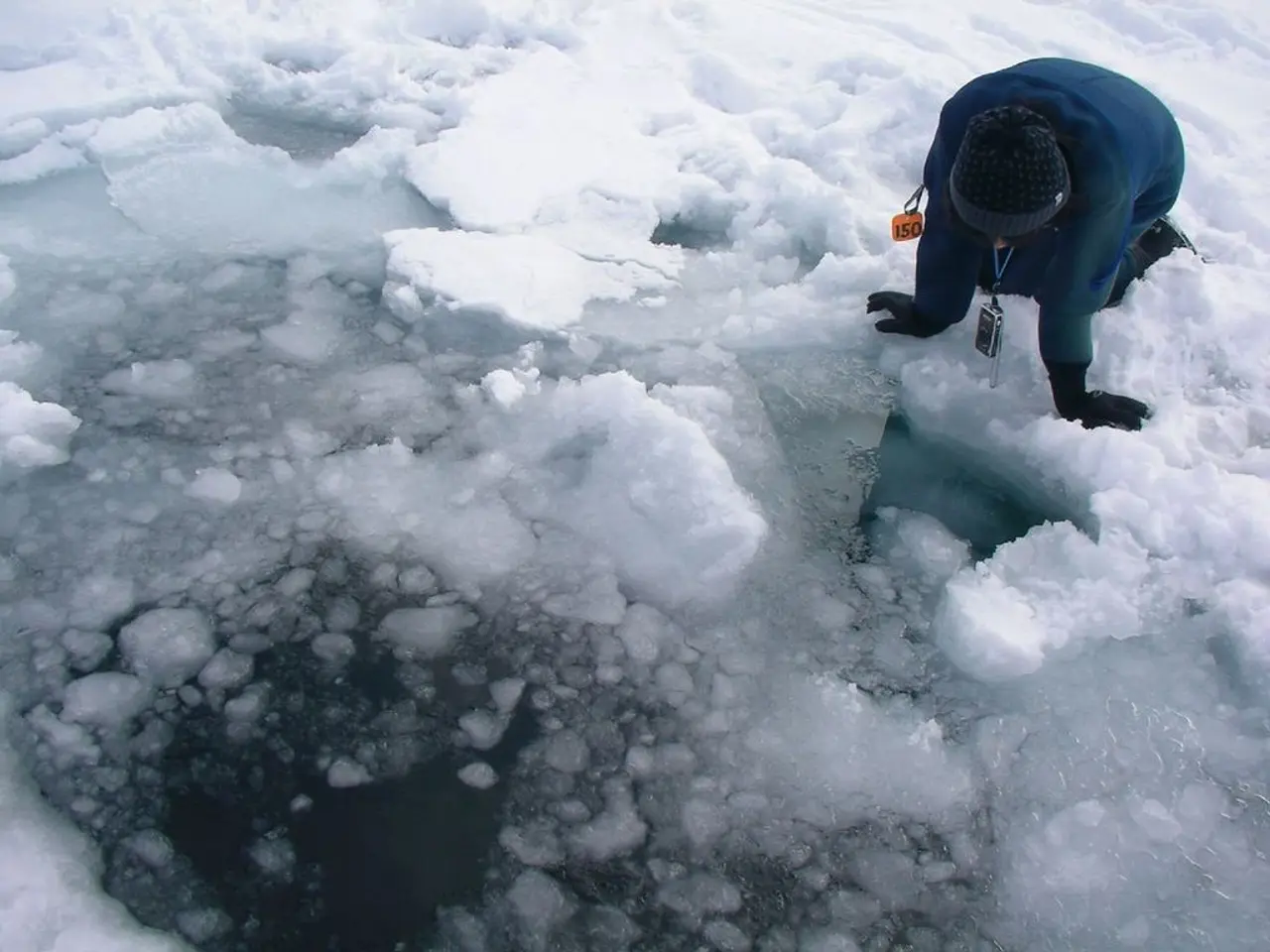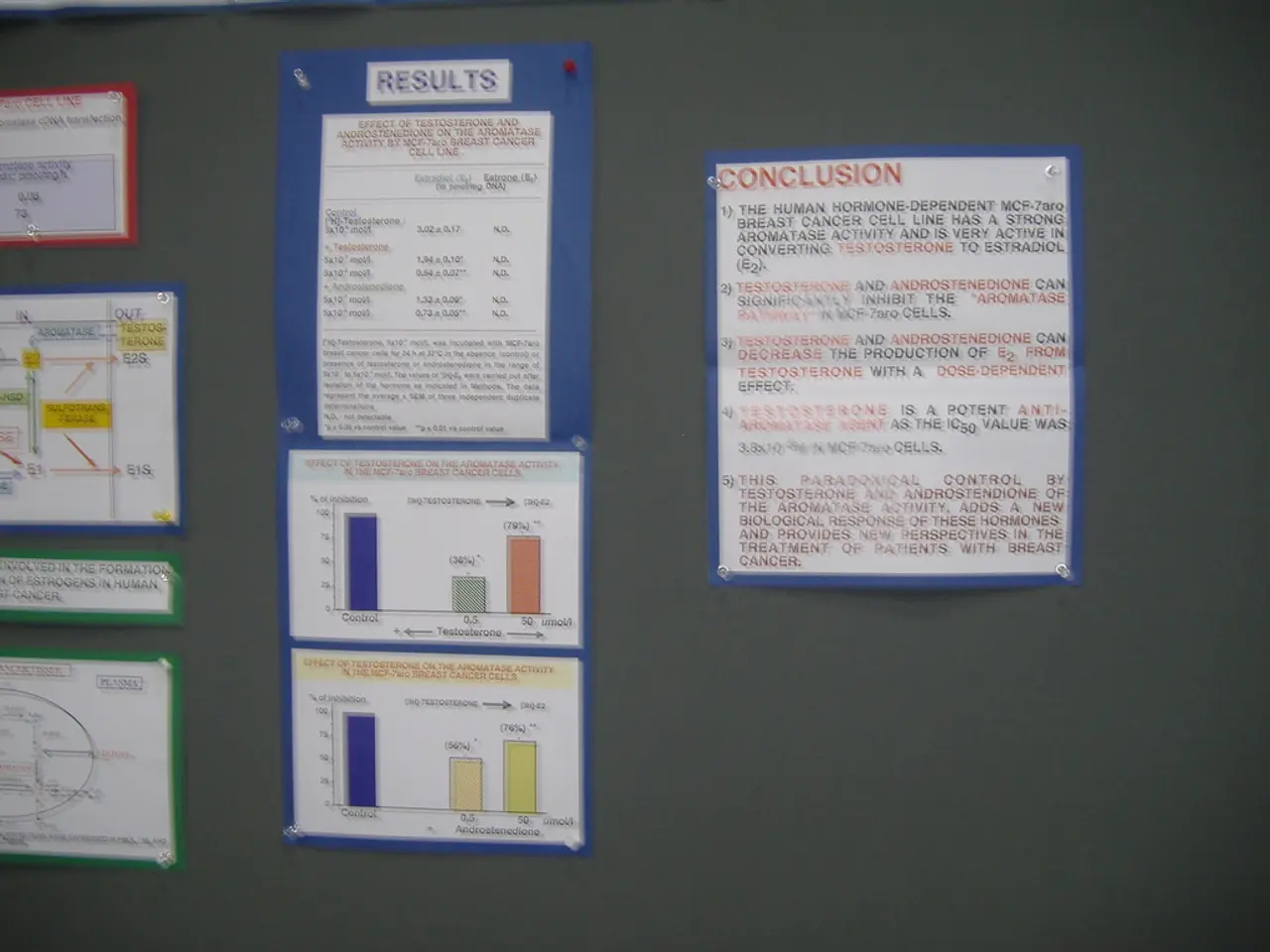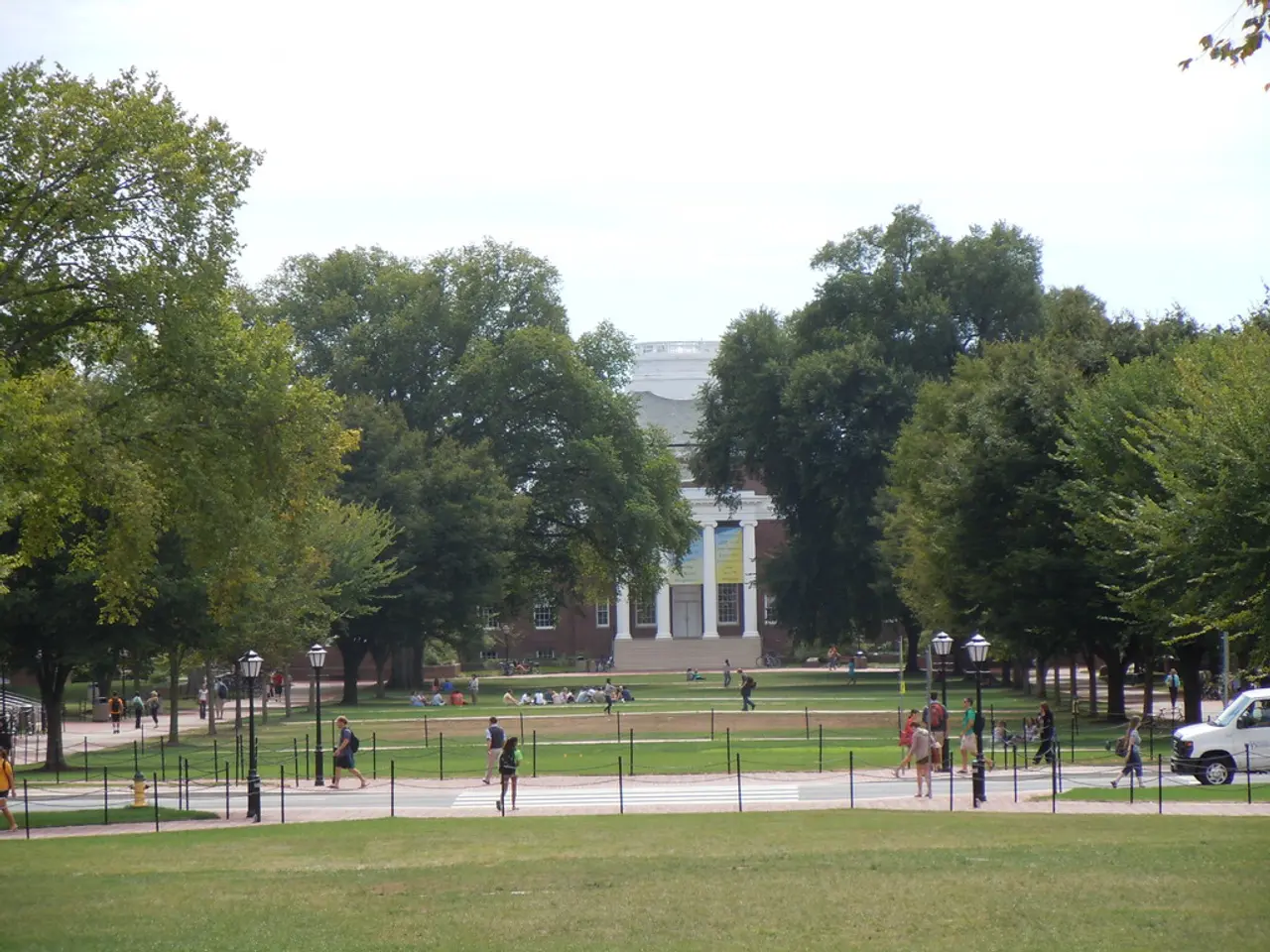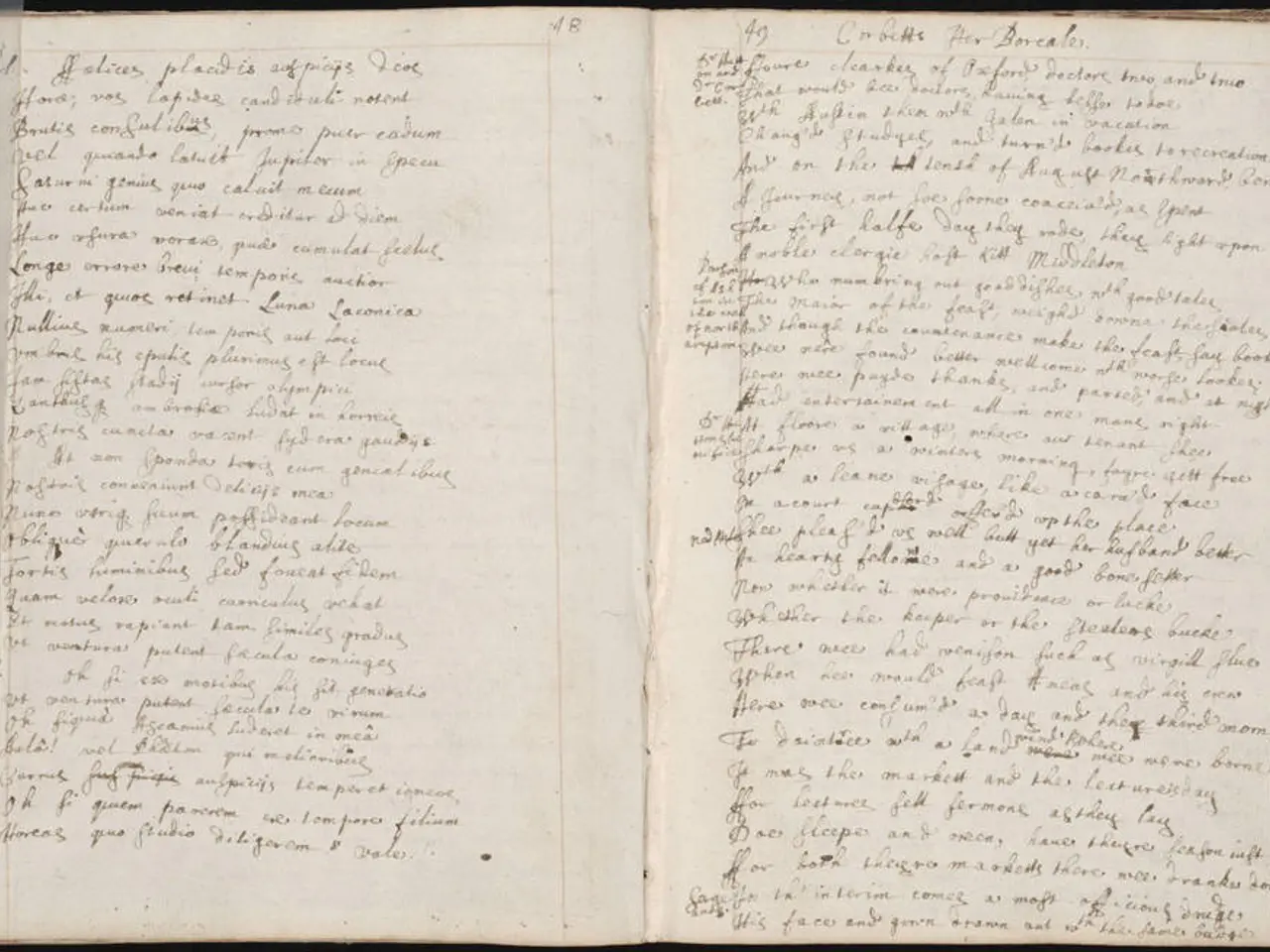Salt and Ice Interaction Study
=====================================================================
In a thrilling day filled with adventure and learning, a group of kids embarked on a unique treasure hunt with a twist – the goal was to rescue animals trapped in the ice. After successfully rescuing all the animals, the excited kids played with the remaining ice until it was almost completely gone.
The treasure hunt served a dual purpose – it not only provided an engaging activity for the children but also offered an opportunity to learn about science. As part of the experiment, the kids made predictions about which salt would melt the ice the quickest.
The children discovered the fascinating world of ice melting through a simple yet educational ice and salt science experiment. Among the salts used – table salt, kosher salt, and rock salt – rock salt and kosher salt generally melt ice faster than table salt. This intriguing finding is primarily due to the physical properties of the salts rather than chemical differences.
Chemically, all three salts consist primarily of sodium chloride, so their ability to lower water's freezing point is similar. However, the crystal size and shape of the salts play a significant role in their melting efficiency.
Table salt has very fine, small crystals that dissolve quickly but may not offer as much mechanical advantage in melting ice. On the other hand, kosher salt has larger, coarser flakes that dissolve more slowly but create larger contact points and better traction on ice, aiding in the melting process. Similarly, rock salt typically has even larger, more irregular crystals that can help melt ice faster by effectively spreading heat and breaking ice bonds.
Using water spray bottles to melt the ice during the treasure hunt also helped the kids work on their fine motor skills.
Once the ice was conquered, the children participated in an aquatic treasure hunt, searching for hidden animals amidst the melting ice. The day was filled with fun, learning, and a sense of achievement as the kids successfully completed their mission to rescue the animals.
For those seeking more science adventures for their young explorers, the Super Cool Science Experiments for Kids page offers a wealth of engaging activities to explore. Whether it's understanding the mysteries of the universe or uncovering the secrets of everyday phenomena, the world of science is always within reach for curious minds.
The children learned about the importance of fine motor skills as they sprayed water during the treasure hunt, ensuring a precise aim to melt the ice effectively. Their science education was further enhanced by learning that rock salt and kosher salt generally melt ice faster than table salt, thanks to their larger crystals and better traction.




